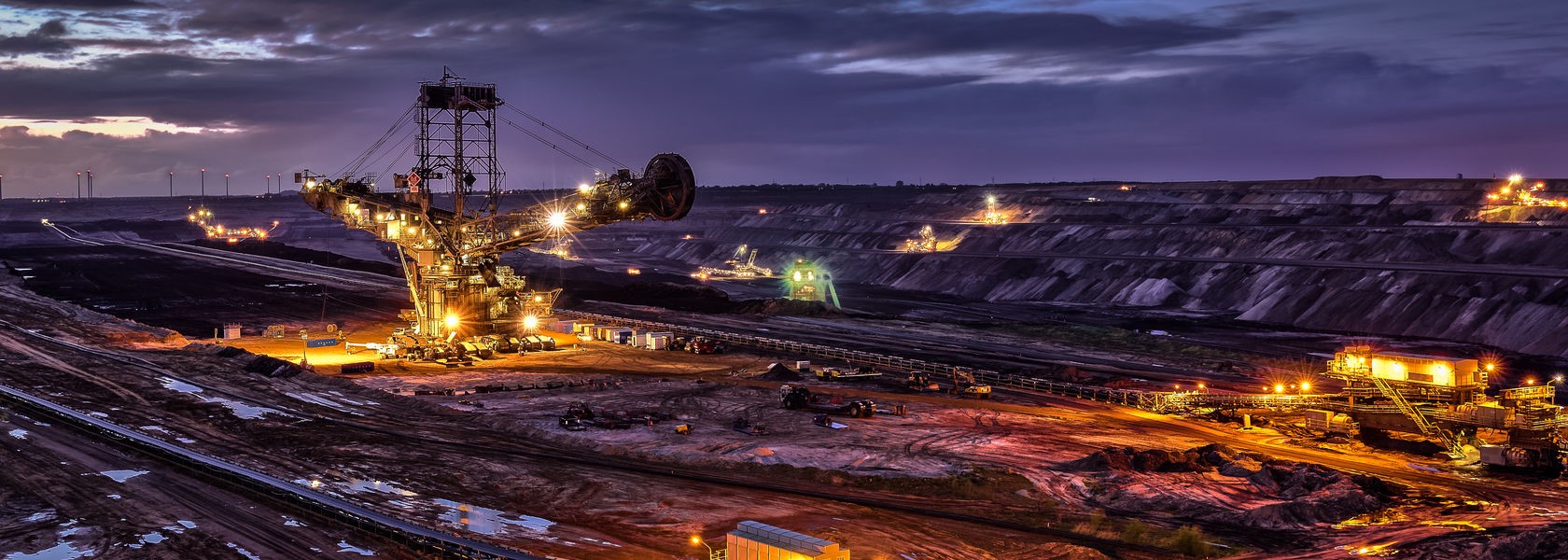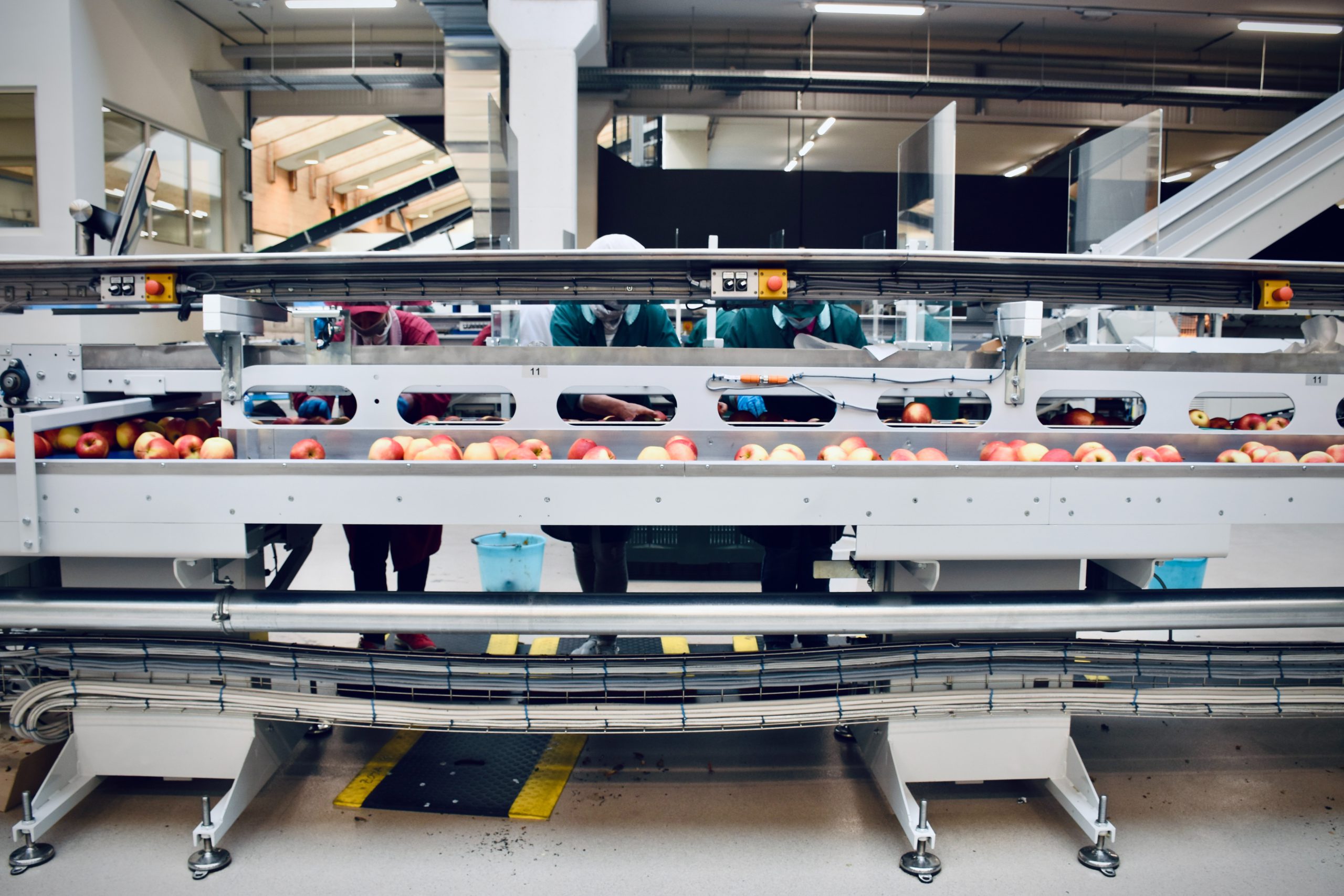
Energy-Efficiency Improvement in Mine-Railway Operation Using AI
Journal of Energy and Power Engineering
Author: Ali Soofastaei
Volume: 13
No: 1
Date: 2019
Pages: 333-348
Abstract
The mining industry consumes an enormous amount of energy globally, the main part of which is conservable. Diesel is a key source of energy in mining operations, and mine locomotives have significant diesel consumption. Train speed has been recognized as the primary parameter affecting locomotive fuel consumption. In this study, an artificial intelligence (AI) look-forward control is developed as an online method for energy-efficiency improvement in mine-railway operation. An AI controller will modify the desired train-speed profile by accounting for the grade resistance and speed limits of the route ahead. Travel-time increment is applied as an improvement constraint. Recent models for mine-train-movement simulation have estimated locomotive fuel burn using an indirect index. An AI-developed algorithm for mine-train-movement simulation can correctly predict locomotive diesel consumption based on the considered values of the transfer parameters in this paper. This algorithm finds the mine-locomotive subsystems, and satisfies the practical diesel-consumption data specified in the locomotive’s manufacturer catalog. The model developed in this study has two main sections designed to estimate locomotive fuel consumption in different situations by using an artificial neural network (ANN), and an optimization section that applies a genetic algorithm (GA) to optimize train speed for the purpose of minimizing locomotive diesel consumption. The AI model proposed in this paper is learned and validated using real datasets collected from a mine-railway route in Western Australia. The simulation of a mine train with a commonly used locomotive in Australia General Motors SD40-2 (GM SD40-2) on a local railway track illustrates a significant reduction in diesel consumption along with a satisfactory travel-time increment. The simulation results also demonstrate that the AI look-forward controller has faster calculations than control systems based that use dynamic programming.








Responses